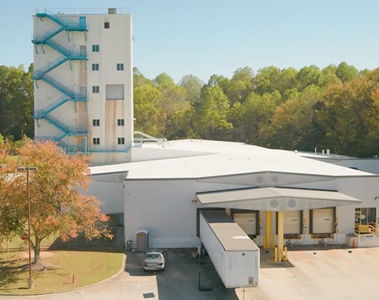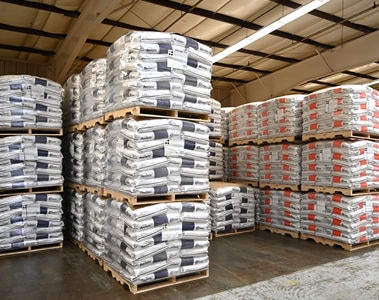Precision and stability:
Concentrated premixes typically have greater analytical precision than to dilute premixes. There is a greater potential for analytical error with lower nutrient levels in diluted premixes. For example, Vitamin D3 levels <1MIU/kg can result in up to -/+ 50% analytical variation. The reported values of known vitamin A concentrations increased in accuracy with an increase in vitamin A potency (from 6,000 IU/lb to 10,500 IU/lb) in a broad-scale investigation involving sixteen laboratories (Moore et al., 2010). Further, lower weighments of individual ingredients may vary outside the allowable range of -5 % to 10%. Given the lower weighments, there is a greater risk of uneven distribution of potent ingredients in dilute premixes during production of the final feed, which is especially relevant for species with a narrow safety margin for required nutrients.
Concentrated premixes may also provide greater shelf stability in some premixes. For example, in a 2023-2024 Global Stability study, vitamin A stability was greater in concentrated vitamin premixes (with ~20% carrier) than dilute vitamin premixes (50% and 70% carrier) stored in controlled ambient conditions (25◦C and 60% relative humidity) for up to 12 months.



